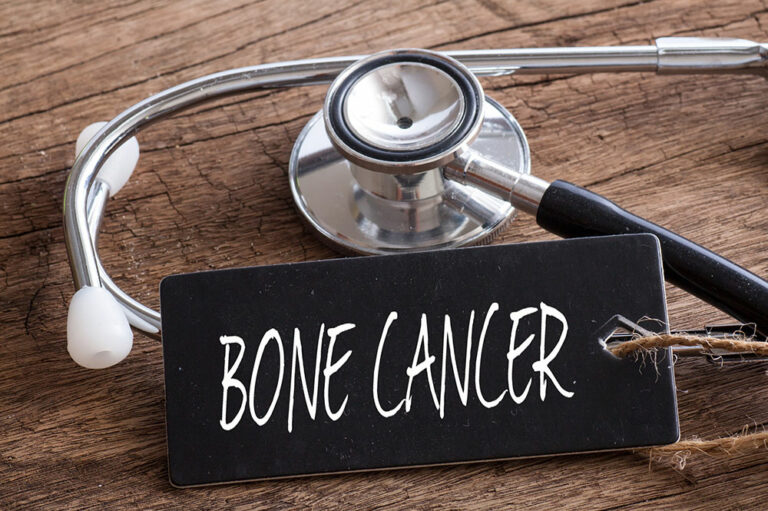Lung cancer – Early signs and management options

Lung cancer is a common disease characterized by the abnormal growth of cells in the lungs, leading to the formation of tumors. The disease often leads to serious health complications. It is important to be aware of the symptoms and risk factors associated with lung cancer to detect it early and increase the chances of successful treatment and speedy recovery. So, here is a look at early signs and other key facts about lung cancer:
What causes lung cancer?
Lung cancer is primarily caused by exposure to carcinogens, or cancer-causing substances, such as smoke, air pollution, and radon gas. Other risk factors for lung cancer include a family history of the disease, a personal history of lung disease (such as chronic obstructive pulmonary disease or pneumonia), and exposure to certain chemicals and substances, such as asbestos, silica, coal products, and diesel exhaust.
Early signs
Early signs of lung cancer can be subtle and easily overlooked, but it is important to be aware of them to detect the disease as early as possible. Some common early signs of the condition are:
Persistent cough
A cough or pneumonia that lasts for more than a few weeks and does not go away with treatment can indicate the development of the condition.
Chest pain
One may experience unexplained chest pain that seems to be persistent or worsens over time.
Shortness of breath
One may experience difficulty breathing, especially during physical activity, which may be accompanied
Fatigue
Unexplained fatigue or weakness, especially if it is accompanied by other symptoms, can indicate the development of cancer.
Hoarseness
Persistent hoarseness or changes in voice can indicate cancer development.
Coughing up blood
When affected by lung cancer, one may cough up blood or bloody mucus.
Swelling
Inflammation in the face, neck, arms and upper chest region is a common sign of the condition.
If one experiences any of these early signs of lung cancer, it is important to talk to the doctor right away.
Diagnosis and treatment
Lung cancer can be diagnosed through imaging tests such as chest X-rays, CT scans, and PET scans, as well as biopsies and blood tests. A chest X-ray is often the first step in diagnosing lung cancer, but CT and PET scans are more accurate in detecting small tumors or cancer that has spread. Biopsies involve taking a tissue sample from the lung and testing it to detect cancer cells. Blood tests can also detect certain biomarkers associated with lung cancer. The treatment of lung cancer depends on the type and stage of cancer, as well as the overall health of the patient.
Treatment options include chemotherapy, radiation therapy, targeted therapy, immunotherapy, and surgery. Radiation therapy uses high-energy radiation to kill cancer cells. Targeted therapy targets specific genetic changes in cancer cells, whereas immunotherapy stimulates the body’s immune system to attack cancer cells. Surgery involves removing the cancerous tissue from the lung and can be combined with other treatments like chemotherapy or radiation therapy.










